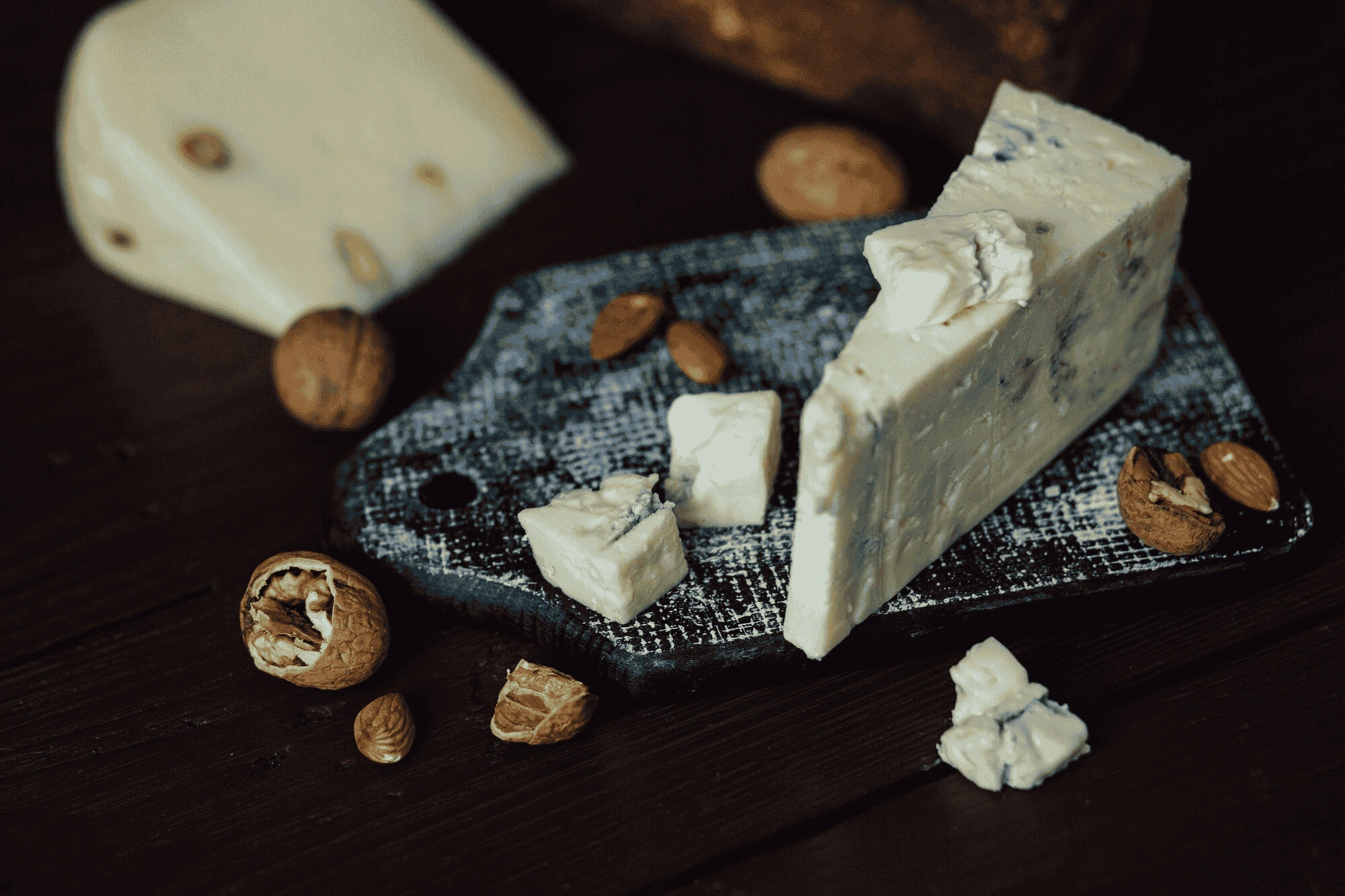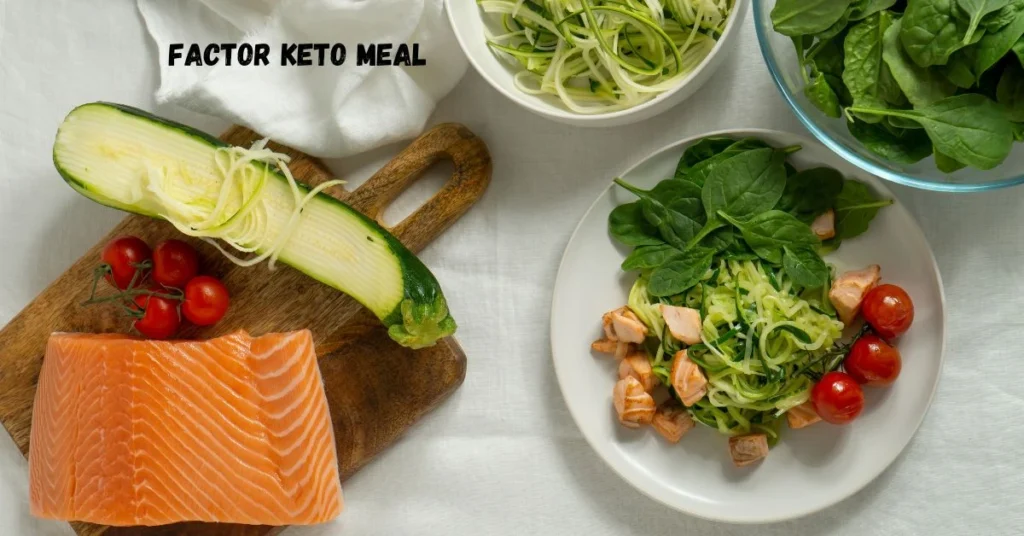Parmesan Cheese: Unlocking Its Flavor and Texture

The distinctive taste and granular texture of this Italian delicacy have elevated countless dishes for centuries. As you explore the world of Parmesan, you’ll discover a rich history and meticulous production process behind every wheel. From its humble origins in the provinces of Parma and Reggio Emilia to its coveted status in modern cuisine, Parmesan cheese continues to captivate food enthusiasts worldwide.
In this article, you’ll uncover the secrets behind Parmesan’s unparalleled flavor profile and learn how to best incorporate this culinary treasure into your own kitchen creations.
What is Parmesan Cheese?
Parmesan cheese, officially known as Parmigiano-Reggiano, is a hard, granular cheese that originated in the Emilia-Romagna region of Italy. This iconic cheese has been produced for over 900 years, with its production methods carefully preserved and protected. Today, authentic Parmesan cheese is still made in specific provinces of Italy, including Parma, Reggio Emilia, and parts of Bologna and Mantua.
Characteristics and Production
Parmesan is known for its rich, complex flavor profile and distinctive granular texture. It’s made from unpasteurized cow’s milk and aged for a minimum of 12 months, with some varieties aged up to 36 months or longer. The aging process contributes to its intense flavor and crumbly texture. During production, the cheese is formed into large wheels weighing between 66 and 88 pounds, each bearing unique markings that certify its authenticity.
Culinary Uses
The versatility of Parmesan cheese makes it a staple in countless cuisines. It’s commonly grated over pasta dishes, risottos, and salads, but can also be enjoyed on its own as a table cheese. The cheese’s umami-rich flavor makes it an excellent ingredient for enhancing various recipes, from soups to sauces.
The Unique Flavor and Texture of Parmesan
Parmesan cheese boasts a complex flavor profile that tantalizes the taste buds. Its sharp, nutty taste is complemented by subtle fruity and sweet notes, creating a harmonious blend that’s both bold and refined. As the cheese ages, it develops a more pronounced umami character, contributing to its reputation as a flavor enhancer in countless dishes.
Texture that Delights
The texture of Parmesan is equally distinctive. When young, it presents a slightly grainy yet creamy consistency. As it matures, it becomes harder and more crystalline, developing a satisfying crunch. This unique texture is due to the formation of tyrosine and calcium lactate crystals during the aging process, which contribute to the cheese’s characteristic mouthfeel.
Versatility in Culinary Applications
Parmesan’s intense flavor and granular texture make it incredibly versatile in the kitchen. Whether grated over pasta, shaved onto salads, or melted into sauces, it adds depth and complexity to a wide range of dishes. Its ability to elevate both savory and sweet recipes showcases the true culinary artistry of this renowned cheese.
Cooking with Parmesan: Unlocking Its Versatility
Parmesan cheese is a culinary powerhouse, elevating dishes with its rich, savory flavor and unique texture. This versatile ingredient shines in both traditional and innovative recipes, making it a must-have in any kitchen.
Grating and Shaving Techniques
Unlock Parmesan’s full potential by mastering different preparation methods. Finely grate it for a smooth melt in sauces or soups, or use a vegetable peeler to create elegant shavings for salads and appetizers. For a rustic touch, try breaking it into small chunks with a knife.
Beyond Pasta
While Parmesan is synonymous with Italian pasta dishes, its applications extend far beyond. Incorporate it into risottos for added depth, sprinkle it over roasted vegetables for a crispy crust, or blend it into homemade pesto for an extra punch of flavor. Don’t hesitate to experiment with unconventional pairings – Parmesan can add complexity to everything from omelets to popcorn.
Storing for Optimal Flavor
To preserve Parmesan’s distinct taste and texture, store it properly. Wrap it tightly in parchment paper, then in plastic wrap, and refrigerate. This method allows the cheese to breathe while protecting it from moisture, ensuring its quality for weeks to come.
Conclusion
The versatility and depth of flavor of Parmesan cheese will surprise you.From enhancing pasta dishes to elevating salads and soups, this iconic Italian cheese offers endless culinary possibilities. By understanding its production process, aging requirements, and flavor profile, you can better appreciate the nuances that make Parmesan so special.
The addition of Parmigiano-Reggiano to your cooking will undoubtedly elevate your dishes, regardless of the type of Parmesan you choose. So, the next time you reach for that wedge of Parmesan, remember the centuries of tradition and craftsmanship behind this beloved cheese, and savor every bite.
Visit Factor-meals.com for more.



